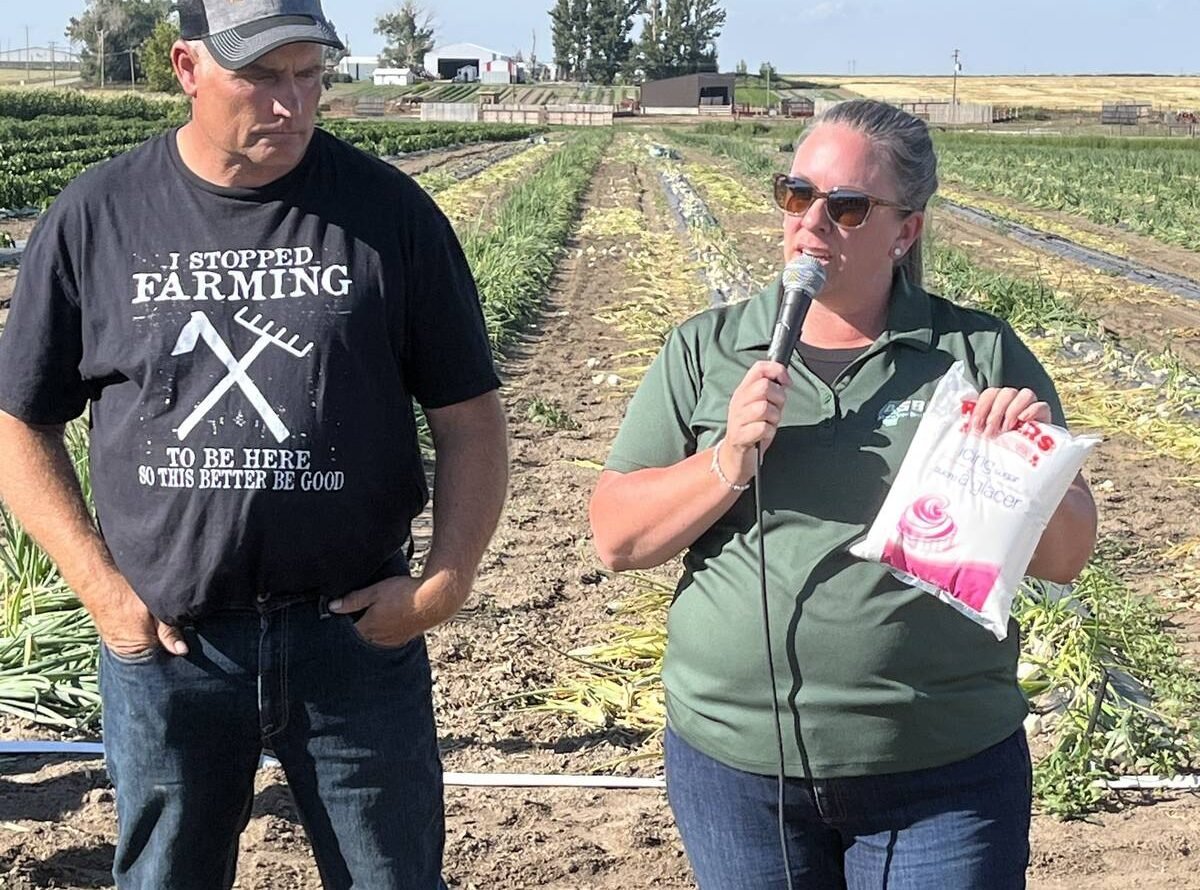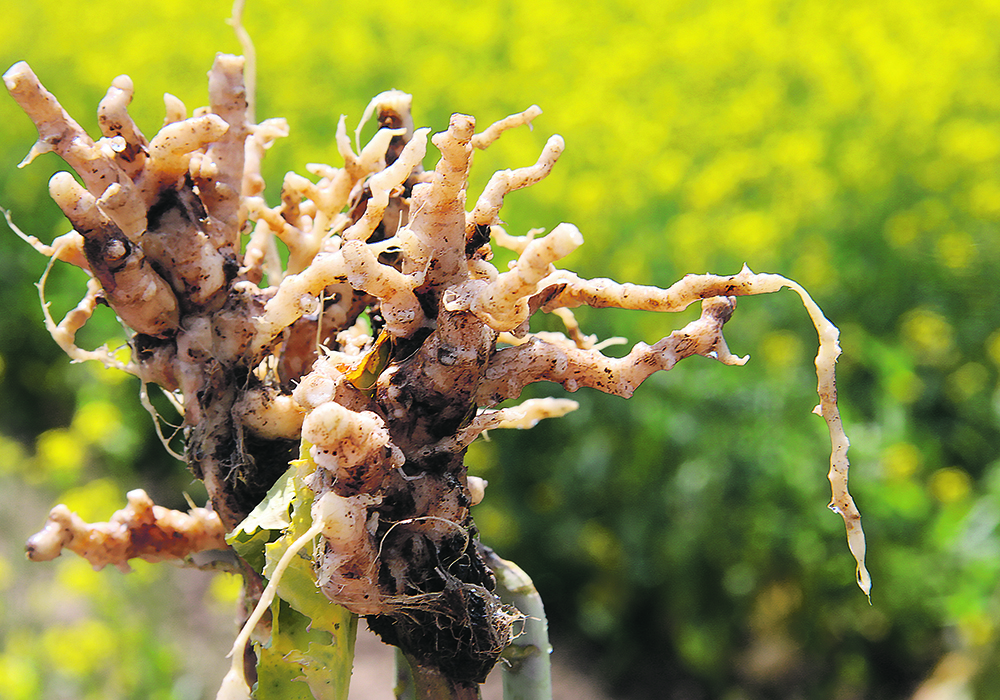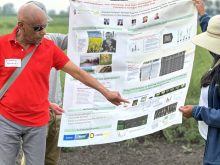The code for clubroot resistance in canola could soon be cracked.
“In the next couple years, I think growers definitely will have a choice of different cultivars and (from) not just one source. They can choose different sources of resistance,” said Fengqun Yu of Agriculture Canada’s Saskatoon Research and Development Centre.
“We’re very excited about the work, but working in this field is quite difficult. It takes years and years and clubroot is not easy to work with,” said the biology study leader in plant pathology.
Read Also

Alberta’s beets a sweet domestic segment in Canada’s sugar supply
The sugar beet industry is showcased during a Farm to Table tour, as Taber features the last remaining sugar beet processing plant in all of Canada.
“These genetics are really time consuming. We cannot do the work in one day or one year. We need to study several generations of plants, which takes years. We can find the resistant genes with intense work.”
Clubroot is a soil-borne disease of cruciferous plants, including cabbage and canola.
Yu is leading a team of scientists dedicated to finding the genetic root of the clubroot problem.
After more than 10 years of work, Yu’s group has performed the world’s most comprehensive genetic studies on clubroot, according to an Ag Canada report.
This research will help breeders develop new clubroot resistant cultivars of canola, mustard and other brassicas.
Since 2011, Yu has been the biology study leader in plant pathology and the AAFC clubroot team’s expert in clubroot genetics. At the start of the project, there was no canola germplasm resistant to clubroot.
Ten years later, the group of researchers has identified more than 20 clubroot resistance genes and markers from brassica species that can be used by breeders to develop new cultivars.
This includes the first gene in black mustard and the first major gene in brassica oleracea (species that include cabbage, broccoli, cauliflower, kale, Brussels sprouts and other leafy green vegetables) for resistance to clubroot.
Researchers developed canola breeding lines highly resistant to almost all clubroot races identified in Canada. They have also discovered two genes that work together to provide that resistance.
“It’s very interesting. There are two genes that are interacting. Two genes work better than one gene. One plus one equals more than two there,” said Yu.
Judicious use of two genes in canola cultivars could be effective against the disease. Yu said this could revolutionize the race differentiation for the clubroot pathogen.
It will provide crop breeders and growers with useful information when they develop or grow cultivars with better clubroot resistance.
The scientists also developed a new mapping by sequencing method and a pipeline for gene identification, which has substantially augmented development of genetic resources.
Yu said that could lead to multiple cultivars with clubroot resistance.
“We’re also trying to help growers to choose cultivars to implement a strategy to control clubroot effectively. … So I think with the identified clubroot genes available to breeding companies, we will make breeders very busy with the canola cultivars that will in time come to the market in Western Canada,” she said.
















